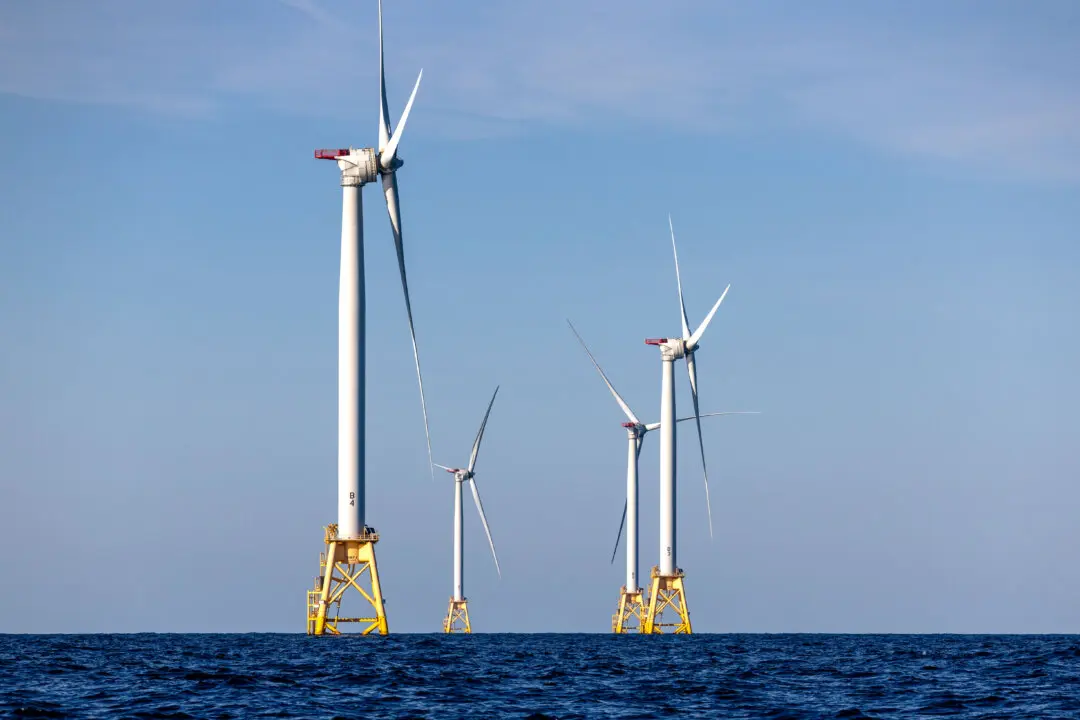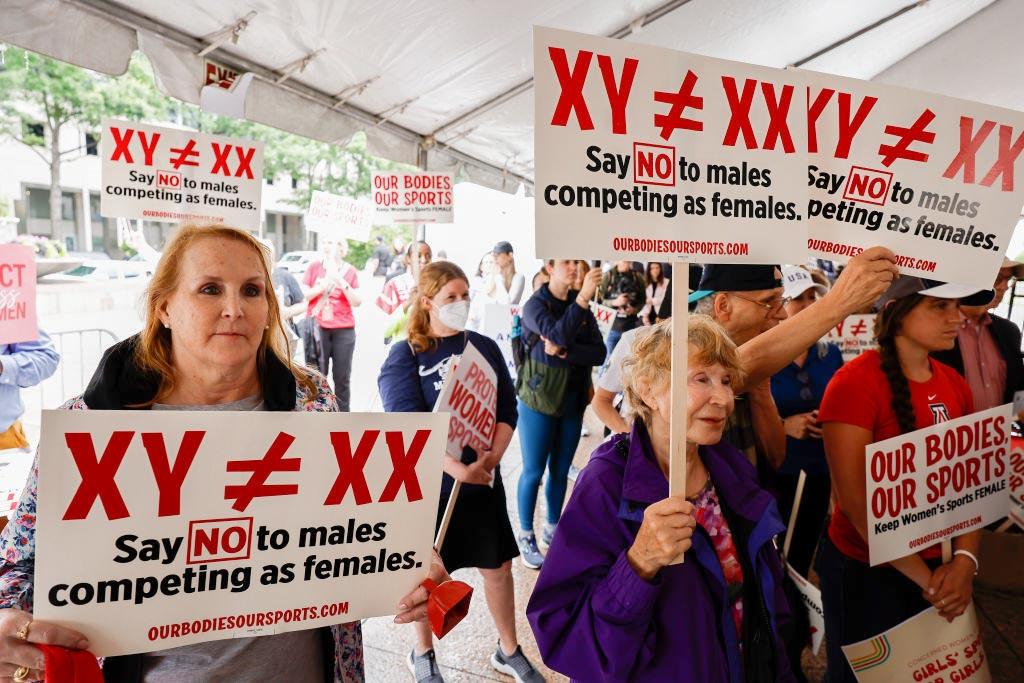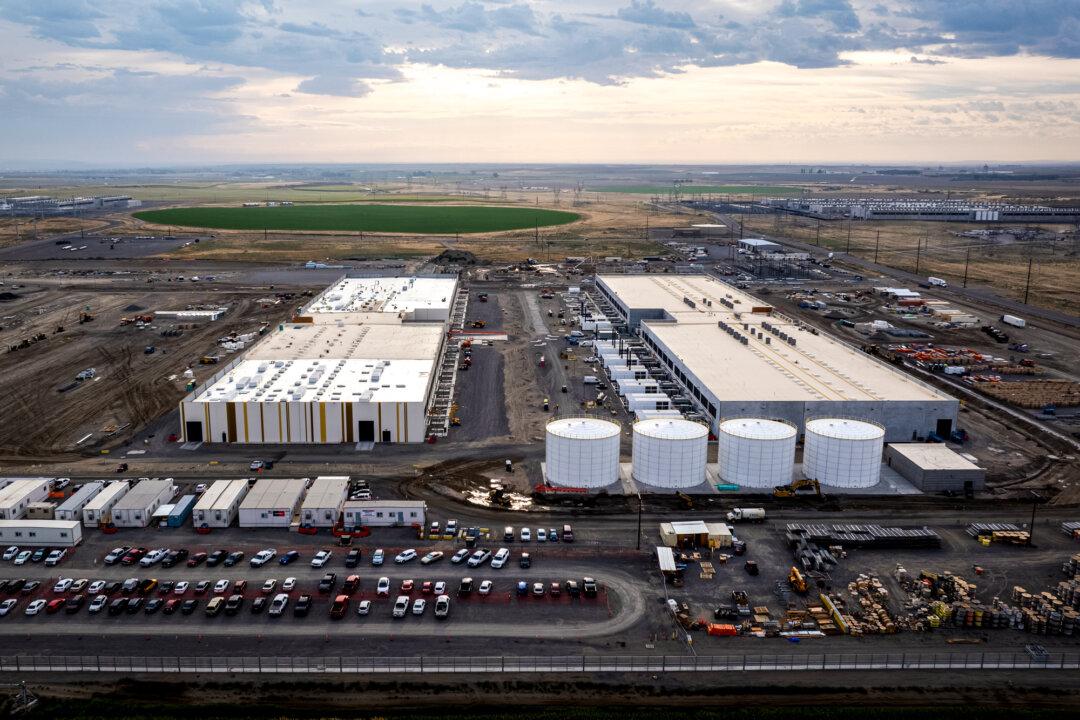The U.S. Department of Interior’s Bureau of Ocean Energy Management (BOEM) announced on Sept. 27 that it is delaying the planned auction of two wind energy areas offshore of Oregon because of a lack of interest.
Only one of the five qualified companies expressed interest in bidding on the identified lease areas, according to BOEM.





